November 14, 2018 – It is nearly 7 years since Hungarian national airline Malév ceased operations. With Croatia Airlines clearly in trouble, TCN interviewed Budapest Airport CEO Jost Lammers on life after the loss of a national carrier, to learn how Budapest Airport is coping. It turns out it is coping rather well.
At a recent medical tourism conference in Zagreb, I got talking to a Latvian living in London whose small business helped people on NHS waiting lists in the UK get free treatment quicker abroad. It was a really interesting discussion, which you can read here, but one of the other things it got me thinking about was accessibility to Zagreb. He told me about how dental tourism in Budapest was flying, and one of the factors in that was the sheer wealth of choice of budget flights to Budapest, where he was facing a six-hour commute home via Brussels from Zagreb to London. Croatia was losing out a lot on the possibility of tapping into this lucrative dental business, to name but one sector, due to poor connectivity. The potential of the Croatian medical tourism industry to compete was confirmed by Keith Pollard, Editor in Chief of International Medical Tourism Journal, whose article on my recent interview with Keith was headlined – Croatia Could Take 25% of Hungarian Dental Market, says IMTJ.
Why was Zagreb so badly served by budget airlines, making it that much harder for people to come for a short break or medical treatment, when comparing the costs and travel time of somewhere in the region, such as Budapest? Part of the reason, it was explained to me, was that Croatia Airlines has Zagreb as its main base and it is protected from too much competition, as the airline is already in trouble, and welcoming lots of low-cost carriers might mean the end of the national carrier.
I thought of Budapest once more. It is almost seven years since Hungarian national airline Malév went bankrupt, and yet Budapest Airport seemed to be doing exceptionally well in just a short time after such a devastating blow. So well in fact, that Budapest is on course to double its passenger numbers since the Malév era, and Budapest handled more passengers last year than ALL Croatian airports combined. I decided to contact Budapest Airport to see if I could learn more, and I am very grateful to Budapest Airport CEO Jost Lammers for not only agreeing to the interview, but for providing such comprehensive answers within 48 hours. Thank you, Sir!
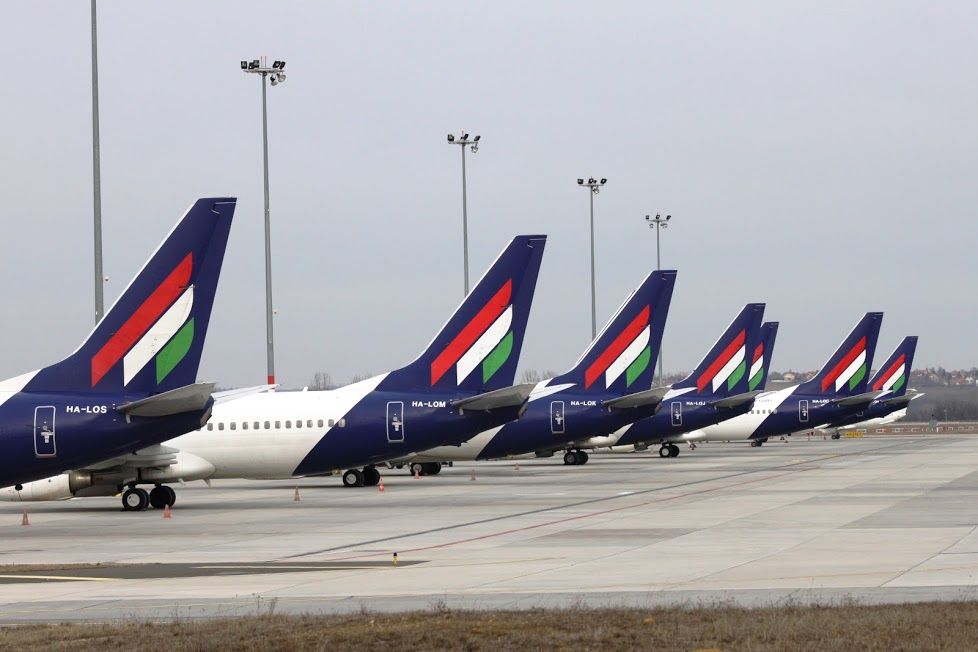
(Budapest Airport one year before Malév collapsed)
1. It is almost 7 years since Hungarian national carrier Malév ceased operations, which must have been a disaster for Budapest Airport at the time. Tell us a little about that. What were the main consequences, and how much time did you have for a contingency plan?
The grounding of Malév Hungarian Airlines was a very negative surprise indeed, though in a way it had been in the air for years before the cessation of operations and liquidation of the company. We at Budapest Airport of course closely monitored what was happening with our main business partner of those years, and we had enough time to prepare for this contingency. With the grounding of Malév we lost approx. 40 % of our passenger traffic and about 50 % of our revenue, I do not have to emphasize that this would be an almost lethal blow to any business. However, we had no time to lament over what had happened.
The very day of the Malév bankruptcy my colleagues from the aviation marketing team started calling their business partners in airline offices around Europe and the world. Of course in a very short period of time we had to re-organize the whole operation of Budapest Airport to contingency mode, we had to (temporarily) freeze our ambitious airport development projects and cut all unnecessary expenses. We also laid off some of our staff, which was emotionally the hardest thing we had to do.
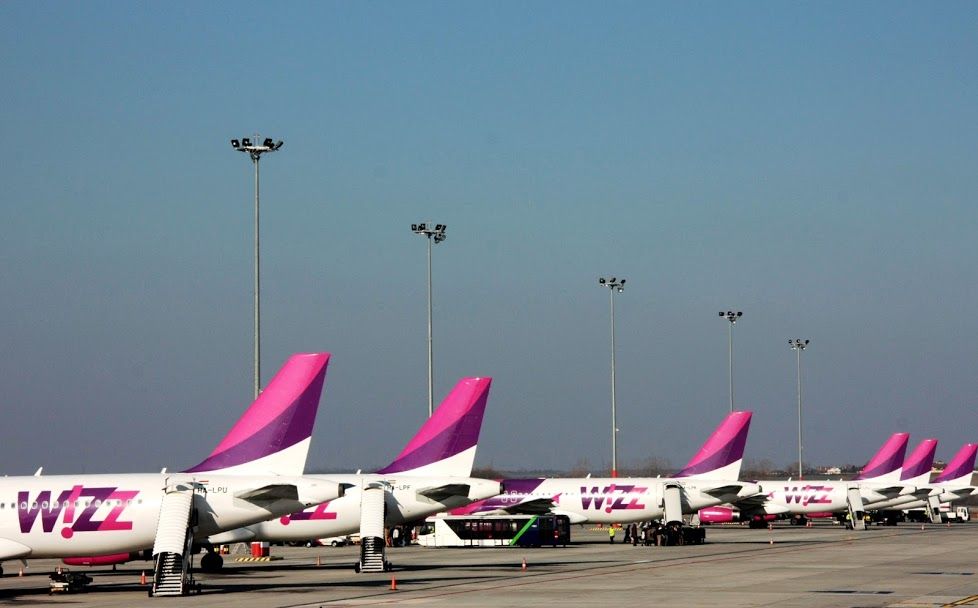
(Budapest Airport one year after the collapse of Malév)
2. Ryanair was quick to enter the market once Malév ceased operations. How long were those discussions ongoing? What is the LCC market share at Budapest Airport today compared to early 2012?
In fact not only Ryanair but all major airlines reacted very quickly to the new situation. With hindsight I may say that February 2012 clearly demonstrated to us that fierce competition is going on in the world of aviation, and there is no room for market vacuum at all. Even large legacy carriers reacted in less than 24 hours to the bankruptcy of Malév and made quick business decisions to fill in the missing routes. Some arrived with their first flights in Budapest within 72 hours. Of course the winter low season also helped, there was some free capacity at hand for all major airlines to start a new route to Budapest. Discount carriers were of course the quickest to react. Their market share used to be around 25 % when Malév was still around, and it quickly rose to 50-52 % where it stabilized.
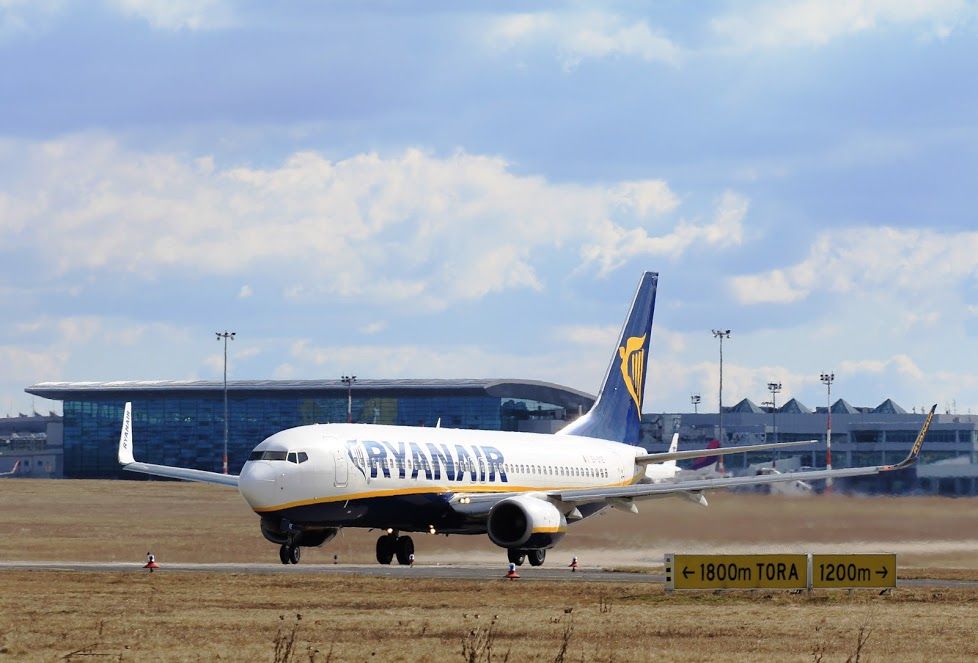
The only area where it was very difficult to fill the gap was the Balkan routes, Malév used to run a very successful operation flying from Budapest to Zagreb, Sarajevo, Belgrade, Podgorica, Tirana, and Skopje.
3. A quick look at passenger numbers shows not only that Budapest managed to survive the fall of Malév, but prosper! 8,489,739 passengers in 2011, the last full year of Malév, 12,727,322 in 2017, six years later. Indeed, you were net positive only three years after Malév in terms of passenger numbers. How did you do it?
Let me correct this a little bit: it was 13.1 million passengers in 2017, and this year I am sure we will finish around the threshold of 15 million passengers. The secret of this outcome is very simple: while we needed to cut OPEX and most of our CAPEX after the Malév bankruptcy, we actually put extra effort into route development. All my colleagues from airline development did their best to visit new airlines at their HQ and international route conferences and they presented Budapest and Hungary to them as an excellent destination. This is an area where our strategy started to pay off: step by step we carried on, and quite a number of new airlines chose Budapest.
We now have Qatar Airways, Emirates, Air Canada Rouge, American Airlines, LOT with two trans-Atlantic direct destinations, Air China, Iberia, FlyBe, Pegasus Airlines among the newcomers of the last five years, just to mention a few.
4. There must have been a change in the business model on several levels, including the loss of an entire aspect of passenger activity – the Malév transit passenger. How did you adjust?
Indeed, we used to have 1.5 million transfer passengers in Budapest, those were the people on early-morning Malév flights who carried on flying to their destination after an hour spent at the airport. This number of transfer passengers has fallen sharply to a dozen people or so a day. Logically we had to adapt to this new development and cut back our transfer product. However, we soon discovered the advantages of O&D passengers who target Hungary and Budapest when travelling. This is also a huge benefit for Hungarian tourism and also for the commercial income of the airport since these people use most of our services from parking to the duty-free shop.
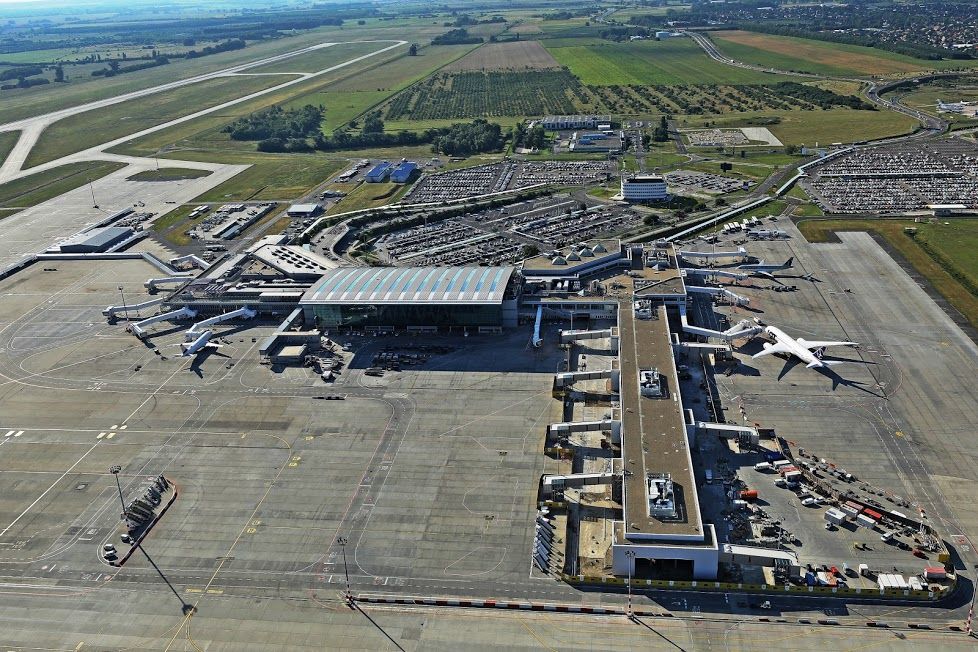
(Budapest Airport Terminal 2 with new Pier B)
5. Look into your crystal ball. How would Budapest Airport look today if Malév had continued to be propped up by the State?
I am sorry, but this is a very-very hypothetical question. Neither history nor aviation industry likes ”What if?”-type questions. What is safe to say is that there are two former subsidiaries of Malév which carried on operating and gathered strength in the past few years, namely MGH or Malév Ground Handling with a very decent market share, and also Aeroplex, the MRO company.

(Brand new logisitics base for DHL and TNT Express at Budapest Airport)
6. How important has Wizz Air been in the development of Budapest Airport?
They are our strongest airline partner in terms of passenger numbers. Their commitment to introduce an additional aircraft per year to their fleet in Budapest helped us to look with more confidence to the future. We built a line-maintenance hangar for them here at the airport, they have been operating a crew center in Budapest, so we do have multiple ties with Wizz Air. They like to call themselves the de-facto national airline of Hungary and there is a fair amount of truth in that. They are developing according to their long-term strategy and have become the leading discount carrier of Central and Eastern Europe.
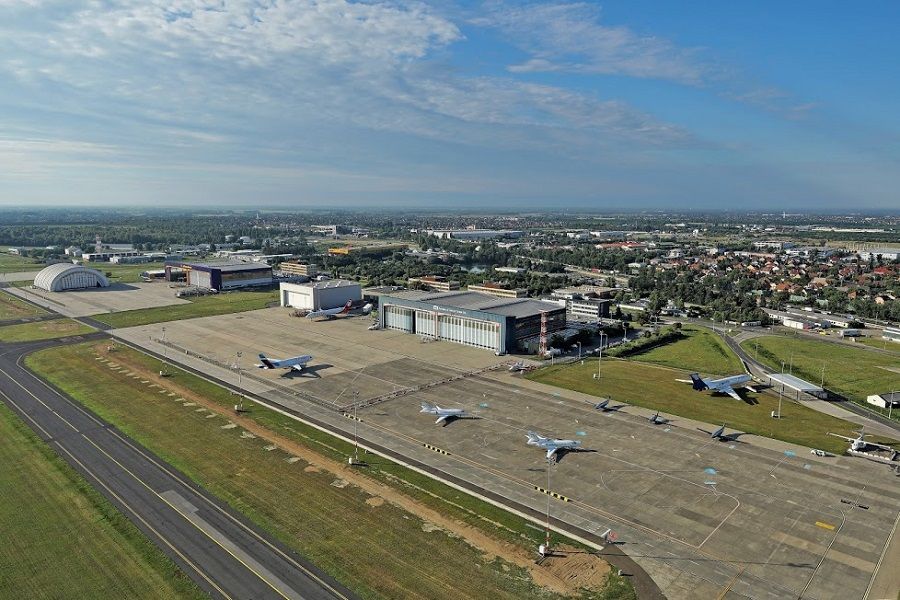
(Lufthansa Technik, Wizz Air and Aeroplex and MRO base at Budapest Airport)
7. You have managed to create a schedule with a great mixture of national carriers and low-cost airlines, offering a lot of choice to consumers and allowing, for example, the Budapest dental tourism industry to flourish. Tell us a little about your strategy.
It is not only “dental tourism” that has shown strong development. We have close ties with river cruise operators. More than 250 000 people start their holidays on the Danube cruise-ships here in Budapest. These people are flying in through our airport from all over the world, from the US through China to Japan. All in all, I think Budapest has become a remarkable tourism destination offering a very wide variety of entertainment to all customer segments: the traditional Sziget Festival brings in tens of thousands of young people in the summer with backpacks; then Red Bull Air Race and Formula-1 are two major and fabulous technical sport events with lots of spectators. Budapest also has a lot to offer in cultural tourism. For instance, we cooperate closely with the Winter Festival which targets mostly opera and classical music fans.
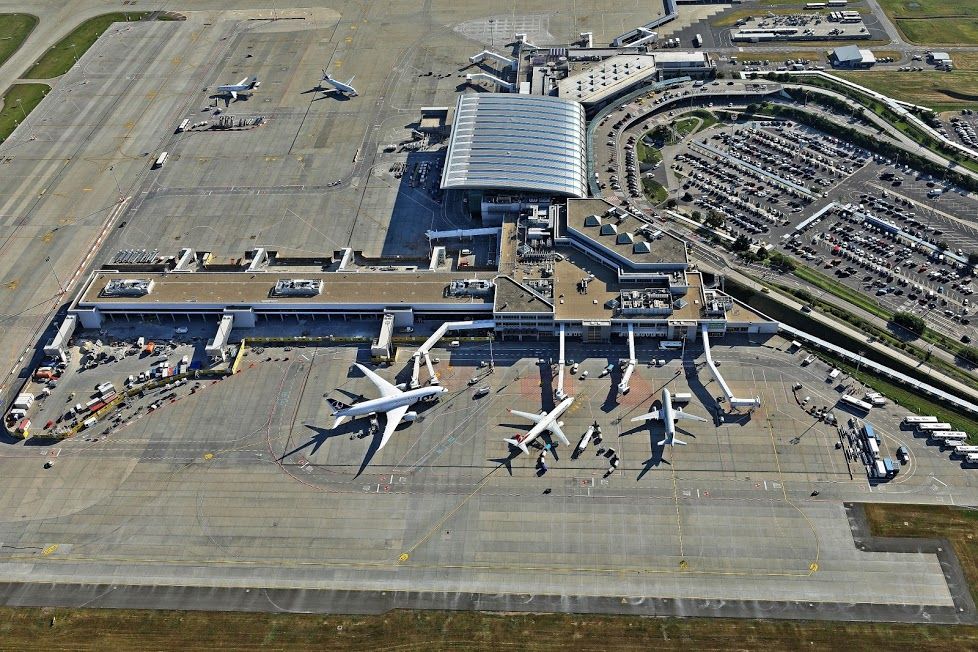
(Budapest Airport Terminal 2 with brand new Pier B and LOT 787)
8. We obviously write about Croatia. What is your opinion of the way the aviation market is developing in Croatia, and why are there so few low-cost carriers flying to Zagreb when there is so much choice in Budapest?
It is difficult to judge from outside, but I am sure that the biggest tourist magnet in Croatia is the Adriatic coast, the world-famous Jadransko more where Split, Dubrovnik and Rijeka on Krk Island have their own strong airports, and I guess very few people would fly to Zagreb and then travel for hours to the sea when there are other, direct means of transport. I myself drove down to Croatia from Budapest as tens of thousands of Hungarians do every summer for a great family holiday.
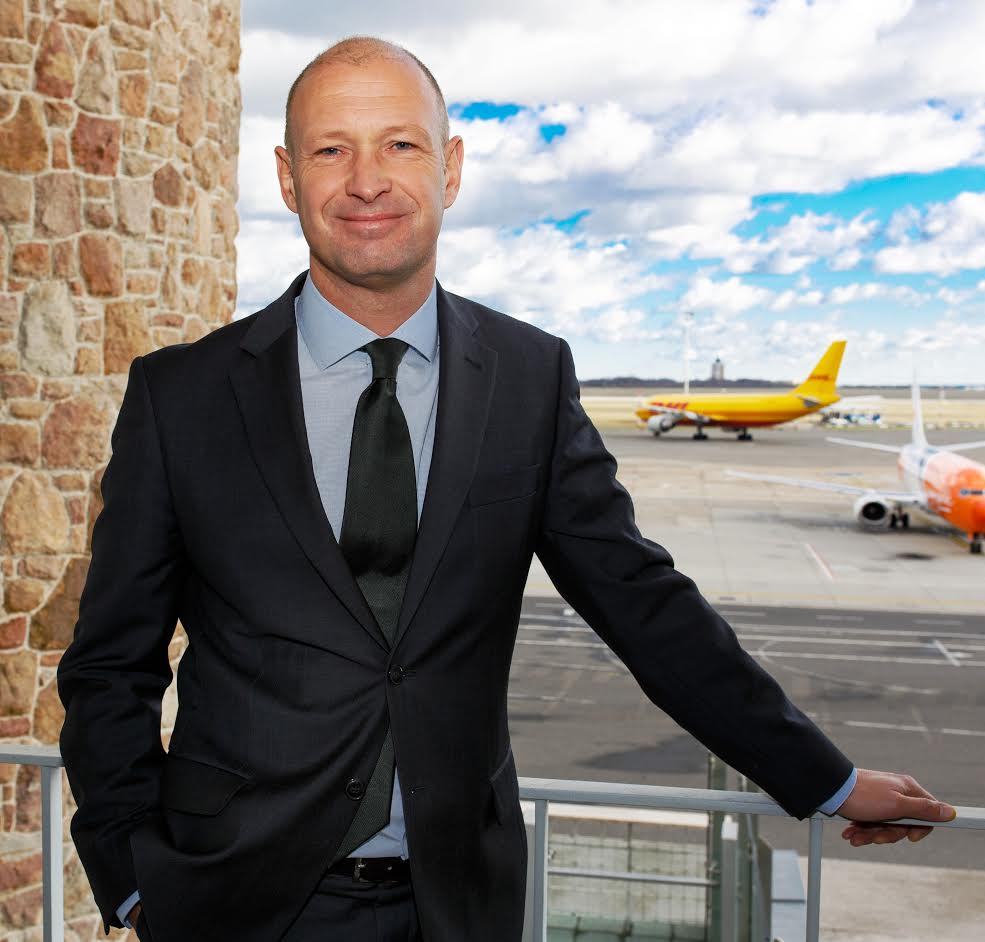
(Jost Lammers, CEO of Budapest Airport)
9. Hungary clearly survived the demise of Malév. Do you think national carriers in the region have a future or should they consider joining forces?
There are different strategies for survival in the aviation business, but I am sure the strong consolidation process in the coming years will continue – just look at what happened to Air Berlin. This is a business where size really matters. Smaller national airlines may have a choice of joining and amalgamating into larger airline groups for strength and network advantages. At the same time, the strong division between legacy carriers and the low-cost model is slowly disappearing, more and more hybrid models are being set up. If you look at the three major airline groups, most of them have launched their own low-cost or hybrid daughter airline, be it Eurowings for the Lufthansa-group or Transavia and now Joon for the Air France-KLM group.
Thus within Europe where you have maximum two-hour or three-hour flights, I see stronger development prospects for the low-cost model where the customer has a wide choice and pays only for services what he or she really needs. About 80 % of the passenger growth across Europe in recent years has been delivered by them.
The next step forward will be the answer to the demand of services of self-connecting passengers who fly into a certain airport with one airline and continue their journey with a completely different one. Airports must continue to find solutions for the needs of these passengers too in the very near future. Digitalization of air travel makes this demand very real for us too.
To learn more about Budapest Airport, visit the official website.
For the latest news about flights to Croatia, visit our dedicated TCN page.







